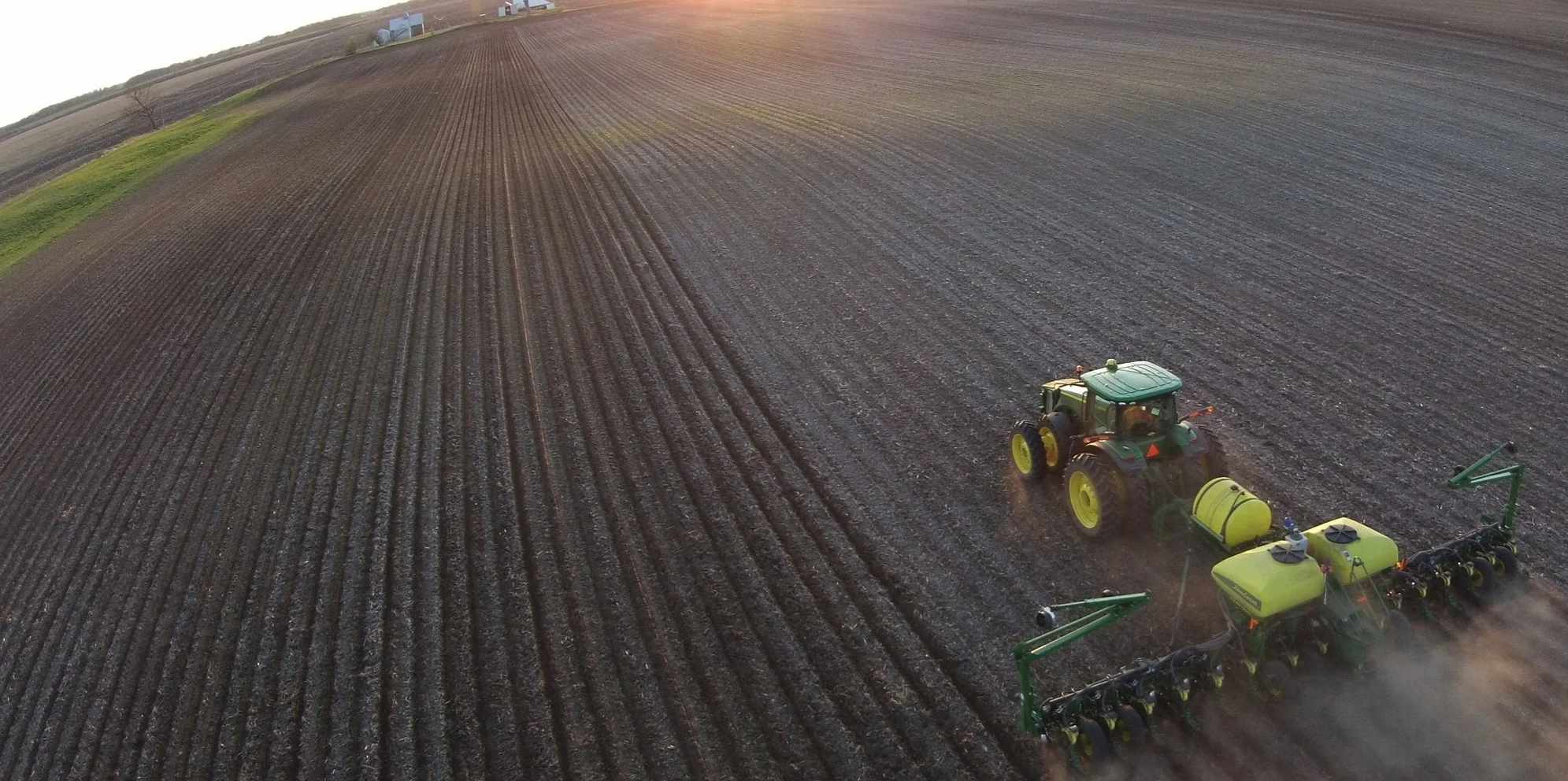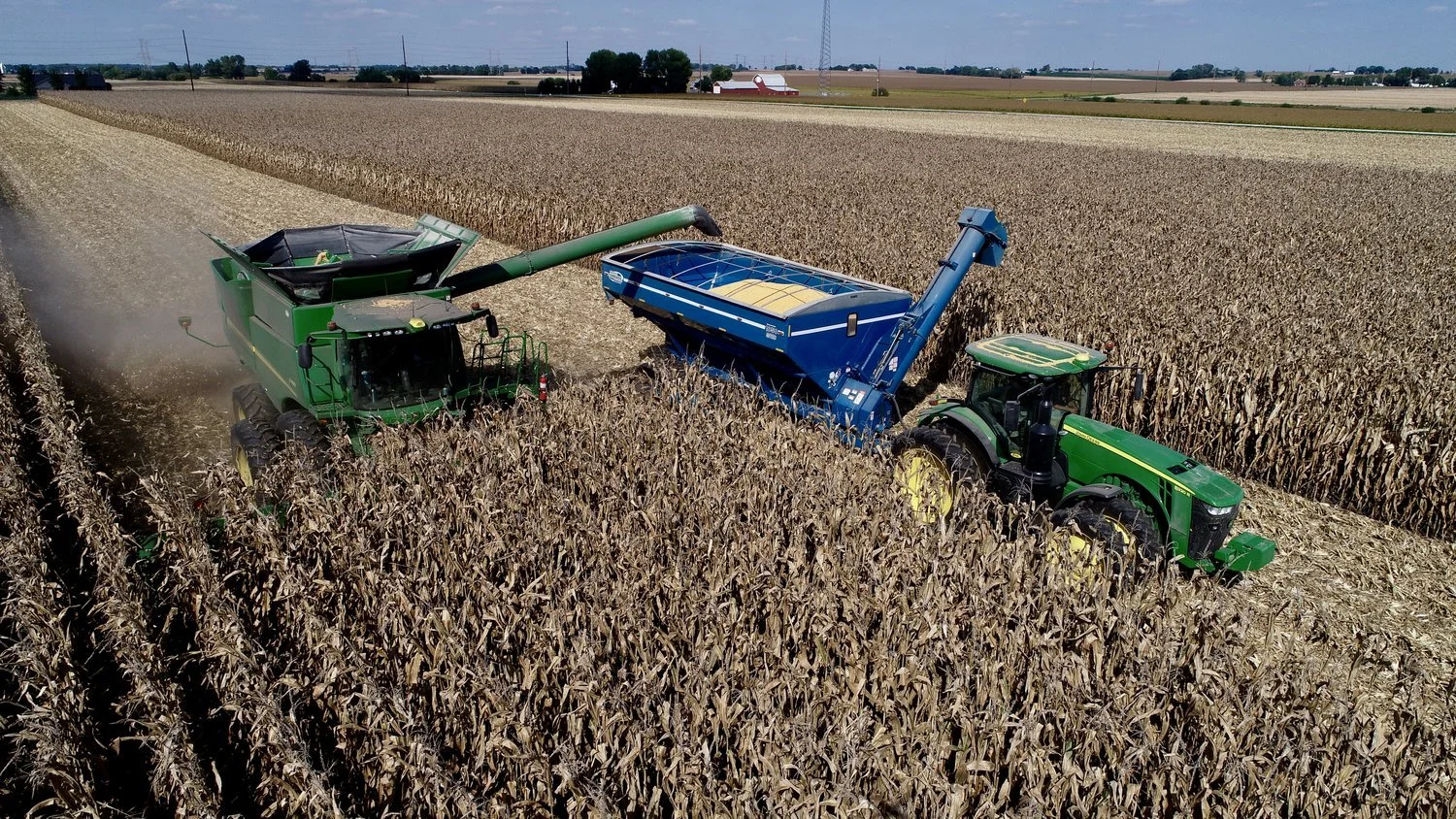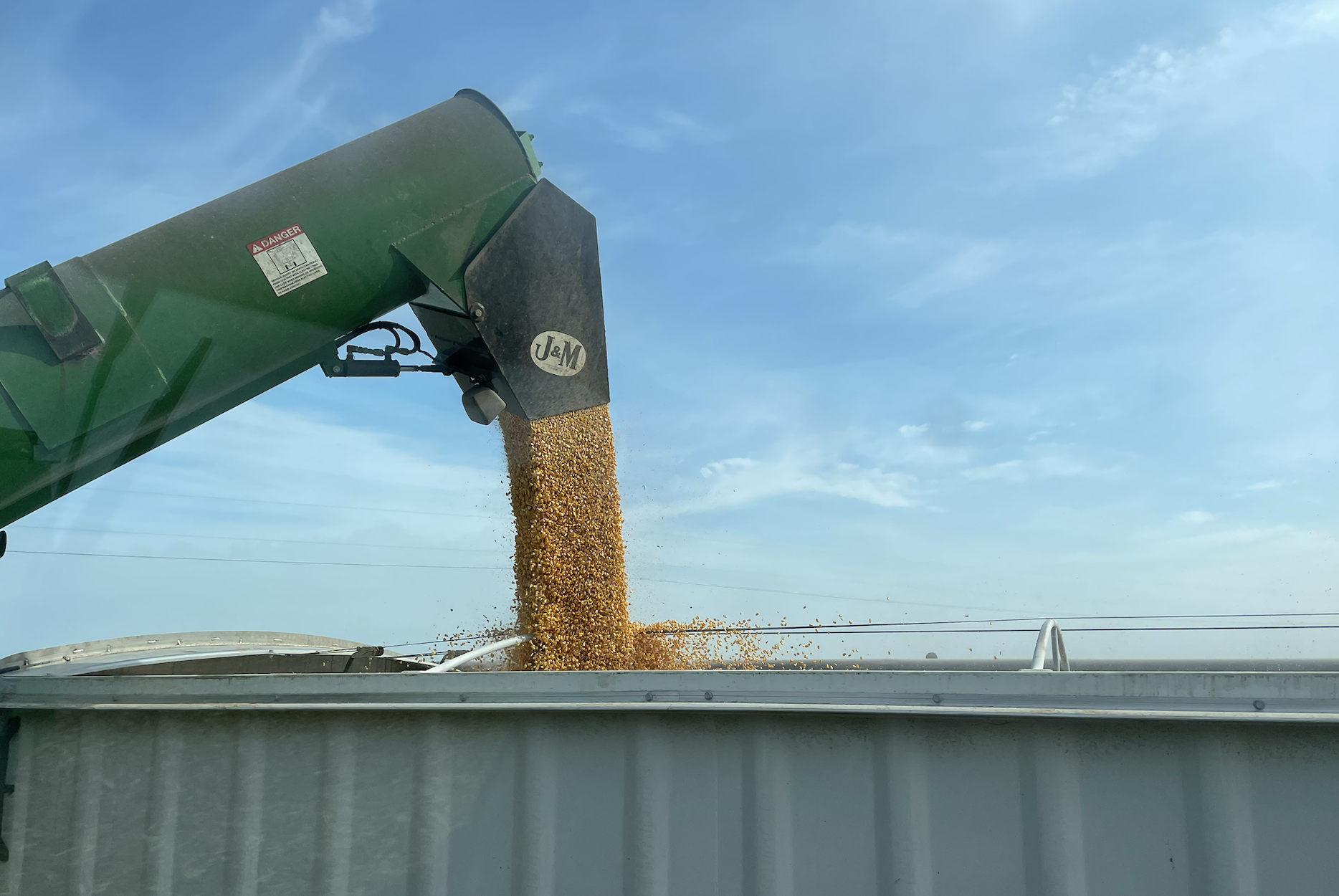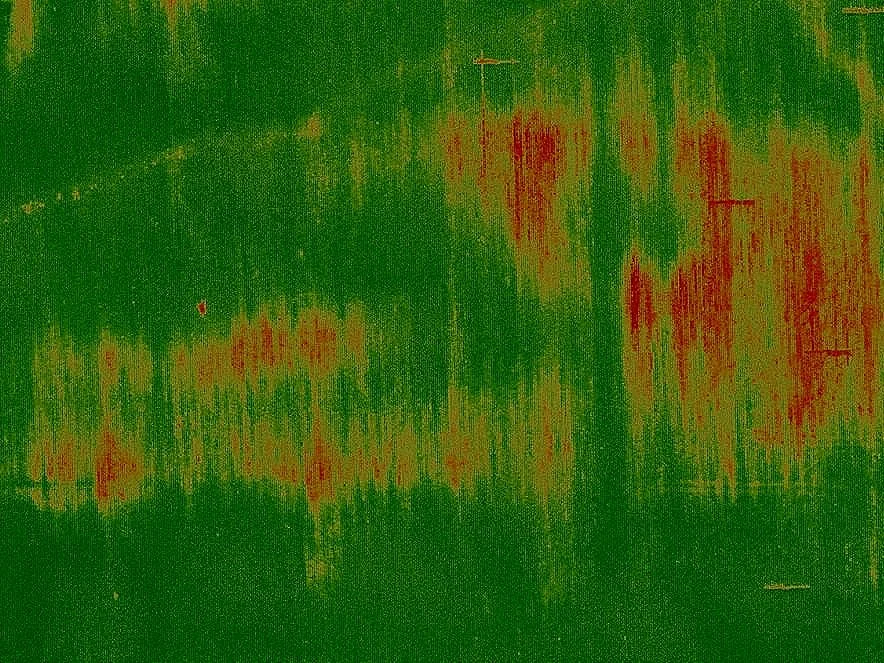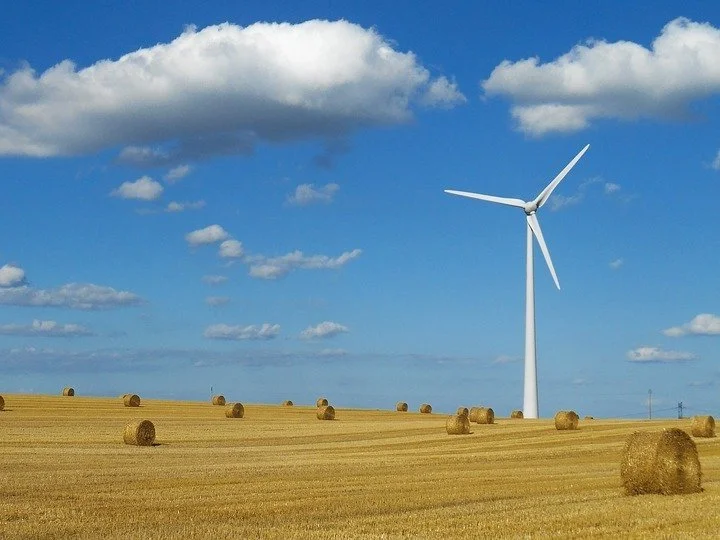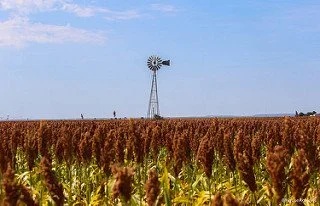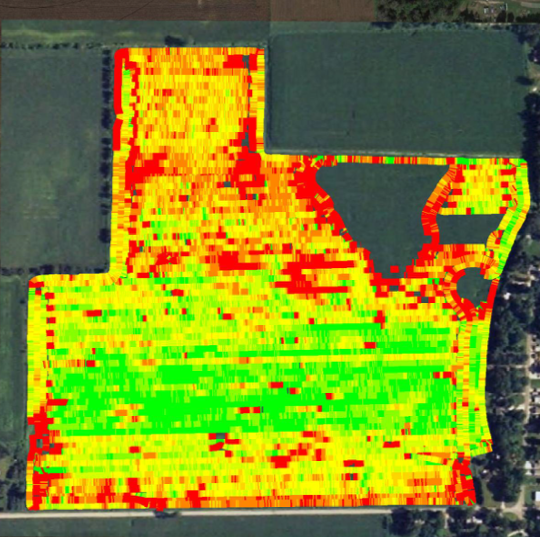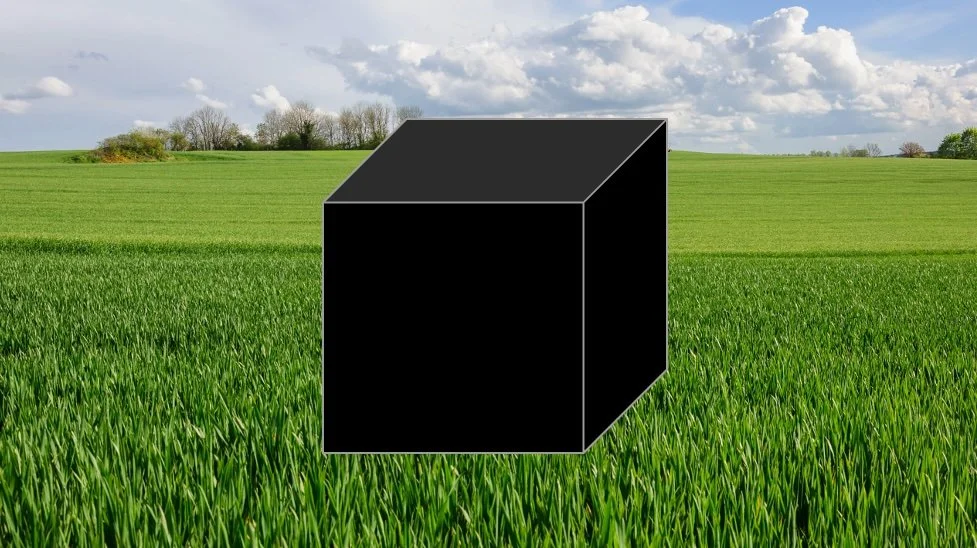Blockchain: Understand Before Signing Up
/This year blockchain moved from little-known buzzword to an early-adopter technology. If you missed it, blockchain is a distributed ledger accounting tool that promises better record-keeping and reduced transaction costs. For agriculture, that means easier traceability of products from the farm to the grocery store and hopefully, more money in the farmer’s pocket due to fewer middle-men. Before you sign up to participate on a blockchain, however, there are some things you should know.
First, all the laws of contract still apply. Blockchain advocates will tell you their blockchain uses “smart contracts” to replace the normal contract documents parties sign. These smart contracts are computer coded versions of traditional contracts, but simpler. Blockchainers will tell you they reduce risks because they have less uncertainty than normal contracts. But cut through the hype and remember that a contract is a contract. All legally binding agreements require the same basic elements: offer, acceptance, consideration, and performance. A blockchain “smart” contract must still evidence these elements in order to be enforceable.
Second, know your blockchain intermediary. Blockchain promises to reduce transaction costs by removing the middle-man. In theory, this means money can flow directly from the retailer to the farmer at the time of sale to the customer, cutting out all the transaction costs in between. But this oversimplification ignores one important fact—many blockchains are built by third-parties who serve as the intermediary to coordinate all parties on the chain. There is a transaction cost for this service, unless the intermediary is providing services for free. And there is risk, too, if the intermediary makes a coding mistake. Does the intermediary accept liability for mistakes in code?
Third, blockchain does not eliminate fraud. Blockchain can reduce fraud by requiring verification a certain contract points, but the risk for fraud remains. For example, blockchain may trace avocados back to their source on a farm in California, where the food’s journey began. But if avocados arrived at that California farm after being shipped in from Mexico, then falsely entered into the blockchain as “originating in California,” the grocery store consumer would never know. In fact, the blockchain traceability would do the opposite of its intent, instilling a sense of trust in the consumer about the food’s incorrect origin.
We are going to see many examples of blockchain technology in agriculture in the next few years. Farmers, shippers, processors, and retailers should take the time to understand the contract issues related to this new technology.

